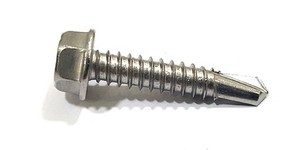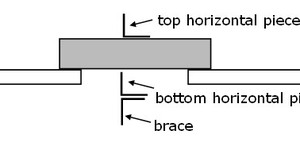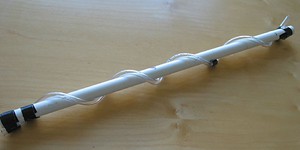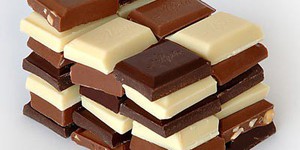Others Like “The Turn of the Screw” (top 20 results)
|
When you think of a machine, you probably think of computers or robots. But what if I told you that machines have been around for centuries? Would you believe me? Try this experiment to see which of these simple machines you use around your house. You might even use some of them everyday!
Read more
Sorry, you don't get to use a jackhammer for this project, but you'll find out another way to break concrete (not to mention what makes it strongest).
Read more
Check out this video from former NASA engineer Mark Rober, where he sets out to reclaim his title for the world's largest and tallest elephant toothpaste reaction. In the video, he experiments with different container shapes and sizes to determine which will result in the most spectacular reaction. You can turn this into a science project of your own! How do differently sized or shaped containers affect the foaming reaction? Can you find an optimal container that makes the reaction go the…
Read more
"What?! Many of my toys are also machines?" That's right—simple machines! Simple machines are everywhere! Under your feet when you climb stairs, in your hand when you use a utensil to eat your dinner, even in your arm when you throw a ball. Come visit this science fair project and explore the six types of simple machines. Find out how many are hiding under the hinged lid (yes, another simple machine) of your toy box!
Read more
If you have a multi-speed bike, you know that you can make it easier or harder to pedal just by shifting gears. Ever wonder how that works? You can investigate this a number of ways. A basic approach is to use a selection of spools of thread (with different diameters), a board with two nails, and a rubber band. Place a spool over each nail, and put the rubber band over them. Mark the 12:00 position on each spool so that you can count revolutions. Turn one spool through a full circle and…
Read more
If you've ever been on a long hike, you probably already know how hungry all that walking can make you. But if you're going a long distance, the last thing you want is a heavy pack of snacks on your back. So what can you bring along for a healthy, hunger-satisfying, lightweight snack? How about dried foods, like banana chips or beef jerky? Many foods have high water content. The drying process removes much of the water from the food, leaving behind a lighter, but equally nutritious snack. Just…
Read more
Amaze your friends and family by moving water with just a few turns of your wrist! Nope, it's not a magic trick. It's simply an Archimedes screw. In this science project, you will build a very simple pump, called an Archimedes screw, to transfer water from a low-lying location to a higher location.
Read more
A siphon is a handy device for emptying out a liquid reservoir that has no drain. For example, they're great for cleaning fish tanks. An interesting aspect of a siphon in action is that the liquid flows "uphill" for a portion of its journey through the tube. This project asks the question, is there a maximum height for that uphill part of the siphon?
Read more
Caramelization is the name of the cooking process that occurs as sugar is heated and the molecules begin to break apart. But what happens to the sugar as it breaks apart? And what do the physical changes mean for the flavor of the sugar? Using the Internet or cookbooks, read up on the chemistry of caramelization, then head to the kitchen with an adult to caramelize your own batch of sugar. With an adult's help, dissolve 1 1/3 cups of sugar in 2/3 cup of water. Heat the mixture in a pan over…
Read more
Nut clusters, chocolate-dipped candies, and chocolate-dipped strawberries are just some of the delicious goodies that have a thin, rich layer of chocolate wrapped around them. But how do pastry and candy chefs make these delectable treats? The first step is to melt and temper chocolate. Tempering is a process in which the cocoa butter in chocolate is hardened into a specific crystalline pattern. When the cocoa butter molecules are in this pattern, the chocolate is shiny and breaks with a sharp…
Read more
|
Explore Our Science Videos
DIY Mini Drone Part 7: Automatic Balancing
Squishy Circuits Classroom Activity Part 1
Make a Lung Model – STEM activity












